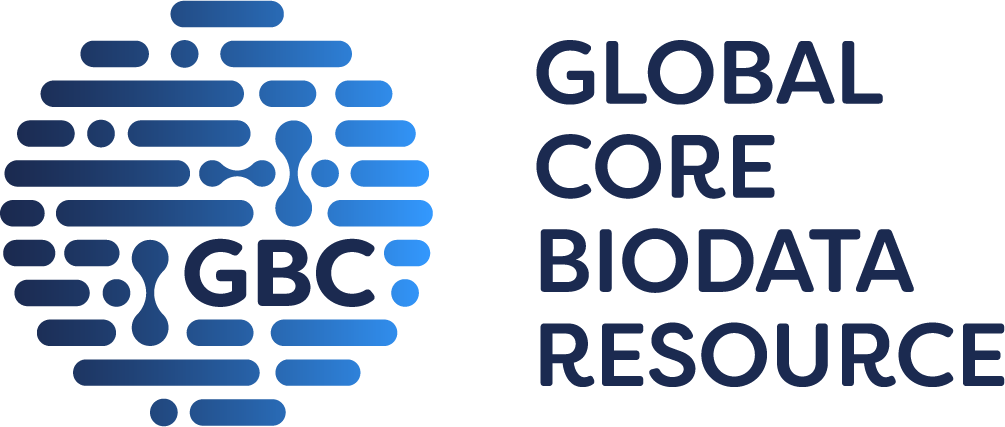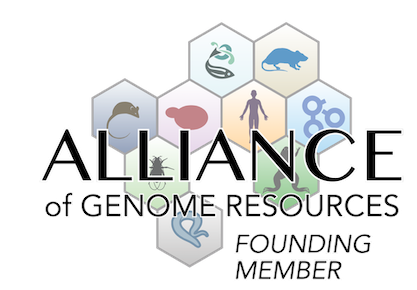mortality/aging
|
• all mice die by 3 to 4 weeks of age
|
skeleton
|
• mice develop fractures in the extremities
|
|
• mice have open sutures
|
micrognathia
(
J:113119
)
|
• mice exhibit poor bone mineralization
|
adipose tissue
|
• mice lack adipose tissue
|
cellular
|
• mouse embryonic fibroblasts exhibit more misshapen nuclei than in wild-type cells
(J:113119)
• however, the frequency of misshapen nuclei is reduced following treatment with FTI (a farnesyltransferase inhibitor)
(J:113119)
• mouse embryonic fibroblasts exhibit more misshapen nuclei than in wild-type or Lmnatm1Lgf heterozygotes
(J:141165)
|
growth/size/body
micrognathia
(
J:113119
)
|
• mice are half the size of wild-type mice
|
craniofacial
|
• mice have open sutures
|
micrognathia
(
J:113119
)



 Analysis Tools
Analysis Tools